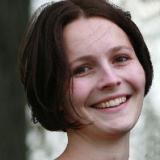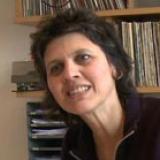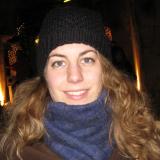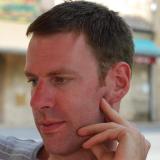
Since the beginning of this academic year the CLARIN-ERIC is officially established. The Board of Directors (BoD) already had some real and virtual meetings, but no general meeting was hold so far.
 It was decided therefore that is was time to have a general meeting in order to stimulate collaboration, to know each other projects better and to create a team-spirit, necessary for a successful rollout of the project. The colleagues of CLARIN-Bulgaria were so friendly to offer their hospitality, and organized, together with the CLARIN-ERIC-office, the Sofia-meeting.
It was decided therefore that is was time to have a general meeting in order to stimulate collaboration, to know each other projects better and to create a team-spirit, necessary for a successful rollout of the project. The colleagues of CLARIN-Bulgaria were so friendly to offer their hospitality, and organized, together with the CLARIN-ERIC-office, the Sofia-meeting.
Nearly 100 scholars from all over Europe went to Sofia on Thursday the 25th of October to start the conference with a social diner. Friday morning at 9:00 sharp Steven Krauwer opened the conference telling that actually it was not a holiday but a hard-working conference: everybody was expected to be in for 100% of the time ☺. The somewhat overloaded program was full of demo’s, introductions, workgroups about standards and legal issues, and interactive sessions where the audience could react on a variety of topics as “how to reach the real end-user”. Three times a day there was a CLARIN-community meal during which you were expected to sit on a table with at least 2 people from another country. It turned out to be a good method to meet a large number of “other” people in a short period of time: something that soon turned the “collection of humanities scholars” into a community. Although it is of course unknown what the outcome of this meeting will be, a kind of new spirit has clearly encouraged the audience. New initiatives on Standardisation, Legal issues, PR, Branding and “Reaching the User” were taken, resulting in a lot of work for the coming months ☹.
Demo's
 One of the nicest things on this kind of conferences is the demonstration of working prototypes or real applications. On Friday (morning and afternoon) various people showed their applications.
One of the nicest things on this kind of conferences is the demonstration of working prototypes or real applications. On Friday (morning and afternoon) various people showed their applications.
Thomas Zastrow showed a very nice CityViz-demo with which you can look for the various city names in Europe. Suppose you want to see all the cities names in Europe that end with vik (bay). Not surprisingly all of them are in the coastal areas of Scandinavia as you can see in the picture. Try it your self with words like dal and berg and you will see that those cities are located in the inland.
Ineke Schuurman showed GrETEL: an application with which you can query a Treebank by example.
Mark Kemps-Snijders finally showed the succesful initiative of the Gekaapte brieven: a collection of thousands of letters from the 17th and 18th century captured by the English when they hijacked the Dutch vessels. All those letters where transcribed via the Internet by hundreds of volunteers in just a few months.


















